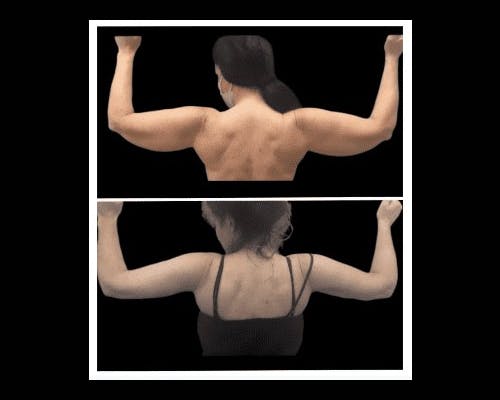Do your upper arms have loose or saggy skin? Despite exercising regularly, does the droopy upper arm skin bother you? Brachioplasty can work to create better contours in your arms and eliminate the creation of fat-filled redundancy from elbow to armpit. Due to aging and other factors such as weight loss, our skin loses elasticity and hangs from the upper arms. This loose and hanging skin in both the arms is often referred to as the “bat wings”. Brachioplasty helps patients get rid of those unpleasant skin flaps. If you think Brachioplasty can improve your overall look and contribute to your well-being, then contact Dr. Mansher Singh based out of Manhattan, New York.
How Aging Affects the Arms
Aside from weight change and your genetics, there are a wide array of reasons that excess skin and fat can accumulate. Aging is the most common factor among patients. Over time, a natural decrease in collagen and elastin production causes the skin to lose its youthfulness.
Years of gravity’s pull only exacerbates this process’ effects and causes loose, hanging skin. Colloquially, people refer to these as “bat wings.” Additionally, aging may lead to a redistribution of fat, with the upper arms becoming a common deposit site. This leads to an undesired bulky appearance that brachioplasty can correct.
Weight fluctuations also play a critical role in the appearance of the upper arms. Significant weight loss (especially if rapid) often leaves behind excess skin that the body can’t retract. Similarly, extreme gain can irreparably stretch the skin.
Genetics on the other hand can predispose individuals to store more fat in certain areas. These factors make the upper arms a common area of concern that brachioplasty addresses. It can restore a more toned and contoured appearance.












